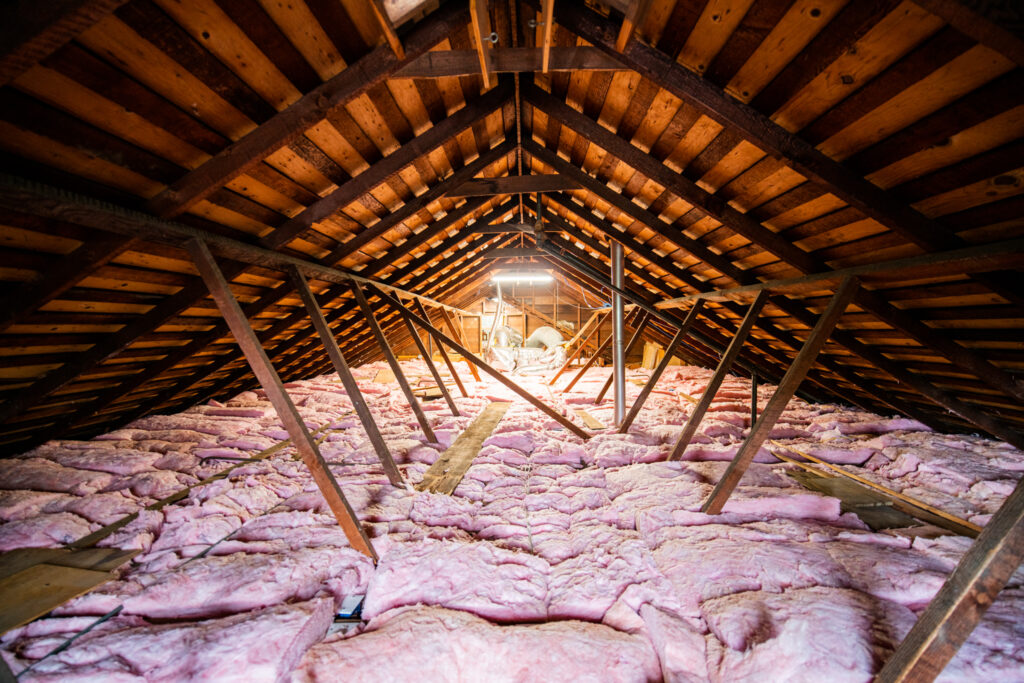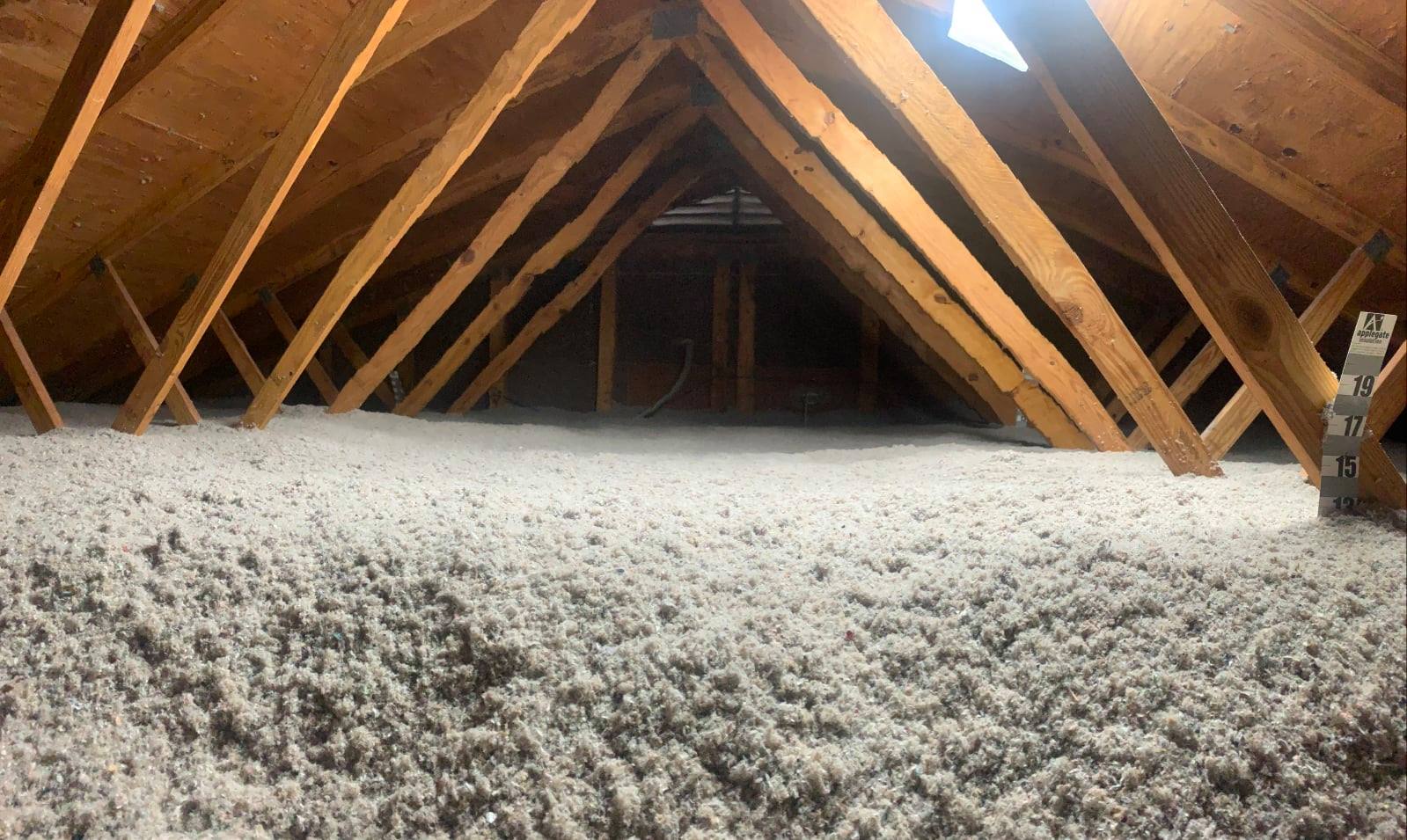Attic insulation is a crucial component in maximizing your home’s energy efficiency, comfort, and overall performance. Proper attic insulation in Bellevue, WA, can drastically reduce energy consumption, enhance indoor climate control, and protect your home against extreme weather conditions. By understanding the various types of insulation and how they impact your home, you can make an informed decision that will bring long-term benefits.
This article will explore the significance of proper attic insulation, how to choose the right materials, factors to consider before making your decision, and much more. Read on to discover how you can optimize your attic for better performance and energy savings.
Types of Attic Insulation
When selecting attic insulation for your home, you must first understand the different types available. Each type of insulation has distinct characteristics and benefits, depending on your home’s needs. Here are the most common types of attic insulation used in Bellevue, WA:
Batt and Blanket Insulation
This type of insulation comes in pre-cut sections and is made from fiberglass or mineral wool. It is a cost-effective and easy-to-install option, making it popular among homeowners looking for a simple insulation solution.
| Material | R-Value | Cost | Best For |
| Fiberglass | R-3 to R-4 per inch | $$ | Standard homes, DIY installation |
| Mineral Wool | R-3 to R-4 per inch | $$$ | Fire-resistant areas, soundproofing |
Blown-In Insulation
Blown-in insulation, typically made from cellulose, fiberglass, or mineral wool, is sprayed into attics using a special machine. This option fills gaps and spaces more effectively than batt insulation and is ideal for hard-to-reach areas.
| Material | R-Value | Cost | Best For |
| Cellulose | R-3.5 to R-4 per inch | $$ | Gaps and irregular spaces |
| Fiberglass | R-2.9 to R-3.8 per inch | $$ | Eco-friendly, efficient coverage |
| Mineral Wool | R-3 to R-4 per inch | $$$ | Soundproofing, fire-resistant areas |
Spray Foam Insulation
Spray foam insulation, often made from polyurethane, is one of the most efficient attic insulation materials. It expands after being sprayed, filling cracks, gaps, and crevices, creating a seamless barrier against heat loss.
| Material | R-Value | Cost | Best For |
| Open-Cell Foam | R-3.5 per inch | $$$$ | Air sealing, noise reduction |
| Closed-Cell Foam | R-6 to R-7 per inch | $$$$$ | High insulation needs, moisture barrier |
Reflective or Radiant Barrier Insulation
Radiant barrier insulation reflects heat away from your attic, reducing cooling costs in the summer months. It is most effective in warmer climates but can complement other insulation types for year-round efficiency.
| Material | R-Value | Cost | Best For |
| Reflective Barrier | N/A | $$ | Hot climates, reducing summer heat |
Things to Consider Before Making a Decision
Before installing attic insulation, there are several factors you should consider to ensure the right choice for your home in Bellevue, WA.
Climate
Bellevue experiences a temperate climate, with cold, wet winters and mild summers. This means you will want to focus on insulation materials that offer high R-values, which prevent heat loss during the colder months while offering some cooling benefits in the summer.
Roof Structure
Your attic’s roof structure can impact the type of insulation you choose. For example, homes with a sloped roof may be better suited for spray foam insulation, while those with more accessible attic spaces may benefit from blown-in or batt insulation.
Budget
Insulation materials can vary greatly in price, so it’s important to consider your budget. While spray foam insulation offers the best energy efficiency, it tends to be more expensive than batt or blown-in options. If budget is a concern, fiberglass batt insulation may be the most affordable solution.
Installation Time and Complexity
Some insulation materials require professional installation, especially spray foam, which needs specialized equipment. If you’re looking for a DIY-friendly solution, batt insulation or blown-in insulation might be a better fit.
Environmental Impact
Many homeowners are now prioritizing eco-friendly solutions. Insulation materials such as cellulose and recycled fiberglass offer a more sustainable option compared to other materials.
Comparison Table of Insulation Materials
| Insulation Type | R-Value per Inch | Material | Best For | Cost Range |
| Fiberglass Batt | R-3 to R-4 | Fiberglass | Standard homes, DIY | $$ |
| Cellulose Blown-In | R-3.5 to R-4 | Recycled paper | Filling gaps, eco-friendly | $$ |
| Spray Foam (Open Cell) | R-3.5 | Polyurethane | Air sealing, noise reduction | $$$$ |
| Spray Foam (Closed Cell) | R-6 to R-7 | Polyurethane | High insulation needs, moisture barrier | $$$$$ |
| Radiant Barrier | N/A | Reflective foil | Hot climates, cooling | $$ |
Technical Specifications of Insulation Materials
| Material | R-Value per Inch | Thickness | Application Area | Moisture Resistance |
| Fiberglass Batt | R-3 to R-4 | 3.5 to 10 inches | Attics, walls | Low |
| Cellulose Blown-In | R-3.5 to R-4 | 6 to 12 inches | Hard-to-reach spaces | Medium |
| Spray Foam (Open Cell) | R-3.5 | 5 to 10 inches | Attic, crawl spaces | Low |
| Spray Foam (Closed Cell) | R-6 to R-7 | 5 to 10 inches | Attics, floors, roofs | High |
| Radiant Barrier | N/A | 0.25 to 0.5 inches | Roofs, ceilings | N/A |
Common Questions
Does attic insulation really save money on energy bills?
Yes, proper attic insulation helps keep your home warmer in the winter and cooler in the summer, reducing the load on your heating and cooling systems. This can lead to significant savings on energy bills over time.
How much attic insulation is needed for my home?
The amount of insulation needed depends on the size of your attic, the climate in your area, and the insulation material. Generally, an R-value between R-38 and R-60 is recommended for most homes in Bellevue.
Can I install attic insulation myself?
Yes, certain types of attic insulation, such as batt or blown-in insulation, can be installed by homeowners. However, spray foam insulation typically requires professional installation.
How often should attic insulation be replaced?
Attic insulation typically lasts for 20-30 years, depending on the material and the condition of your attic. However, if it’s damaged by pests, moisture, or compression, it may need to be replaced sooner.
Make the Right Decision
Proper attic insulation is a smart investment in your home’s comfort and energy efficiency. By considering factors like climate, budget, and material types, you can make a well-informed decision that will benefit you for years to come. Be sure to evaluate your needs, home structure, and insulation options carefully to get the best possible results for your Bellevue, WA, home.
FAQ
What’s the best type of insulation for Bellevue’s climate?
In Bellevue, closed-cell spray foam or cellulose blown-in insulation are great choices due to their excellent thermal resistance and ability to prevent moisture buildup.
Can I combine different types of insulation?
Yes, you can combine insulation types for optimal performance, such as using batt insulation for the floor and spray foam for the roofline to ensure complete coverage.
Is spray foam insulation worth the extra cost?
Yes, while more expensive, spray foam insulation provides superior energy efficiency, moisture control, and air sealing compared to traditional materials.
Does attic insulation reduce noise?
Yes, spray foam insulation and cellulose are both effective at reducing sound transmission, making your home quieter.
Cascadia Spray Foam of Bellevue
📧 [email protected]
📞 (425) 386-3500
Reviewer:
Olivia Thompson has spent 10 years working in spray foam insulation, helping companies grow their visibility. She reviewed this article and provided valuable suggestions on how to better align the content with the needs and expectations of customers, ensuring it resonates with the target audience.


